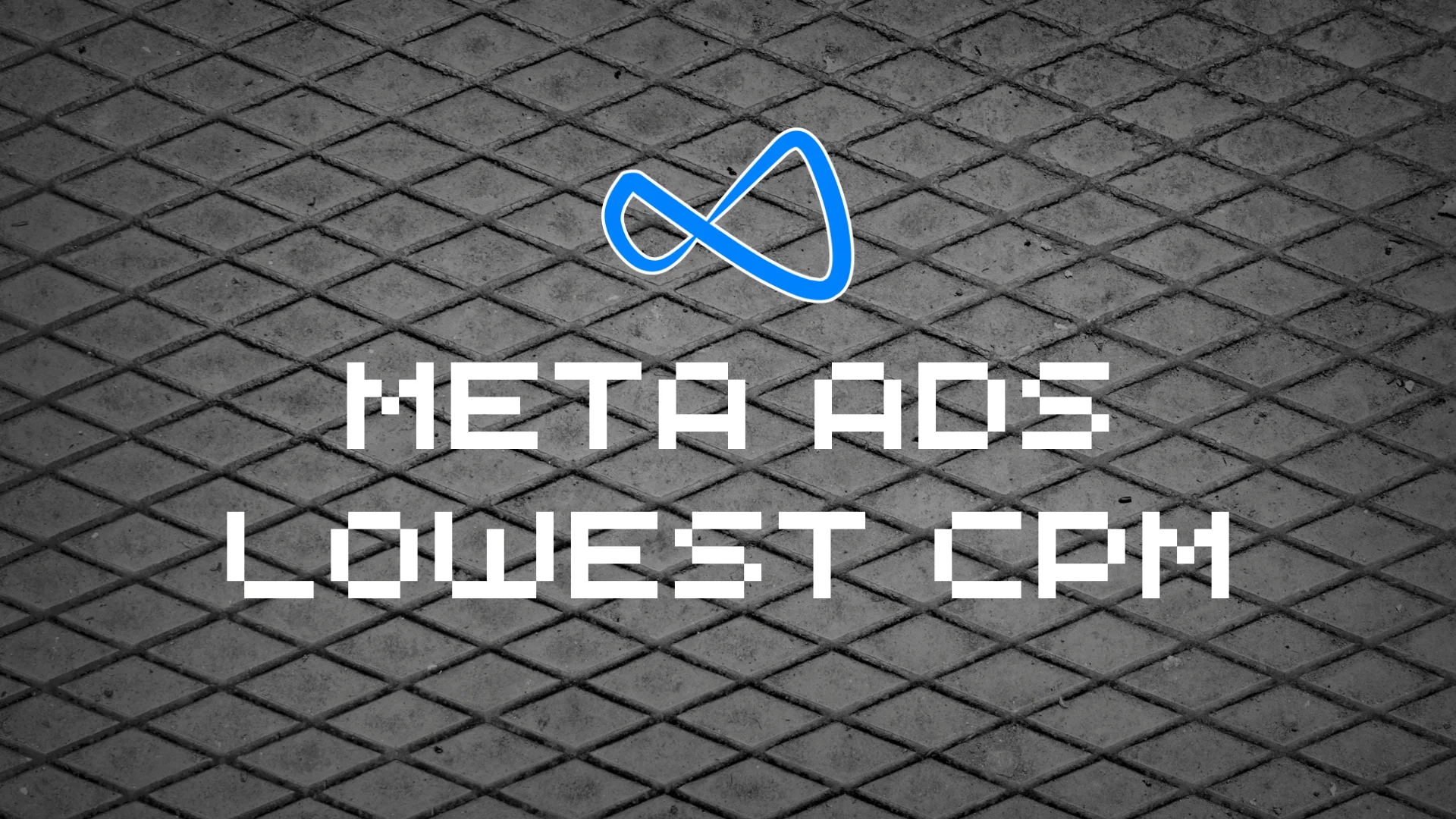Implementing video into your marketing strategy is one of the best ways to promote your business. However, not all videos deliver the same types of results. To create a successful video, you must tell a compelling story — just like with any other type of content.
And compelling video marketing does work. In fact, 87% of video marketers told Wyzowl that video has helped them generate leads. In addition, 89% of consumers said they want to see more video from brands in 2024. A number of factors have contributed to this trend, not least of which is the rise in popularity of video-based social media platforms.
Want some examples of great storytelling you can take inspiration from? We’ve got just the ticket. Grab your popcorn, kick your feet up and enjoy the show.
What Is Video Storytelling? Plus Key Components To Consider
Video storytelling is the art of using video to tell a narrative compellingly and engagingly. Generally, it involves mixing visual elements, audio and text to communicate a message to a specific audience. In marketing, brands can use video storytelling to get their point across to their customers and encourage them to complete a desired action.
To successfully tell a story using video, there are a few components that must work together:
Narrative Structure
In traditional storytelling, you can’t have a story that makes no sense. Video storytelling is no different, making it necessary to follow a narrative with a beginning, middle and end. This structure helps to introduce the story, develop it and bring it to a resolution — no matter how long the video is.
Visual Elements
This includes the use of footage, animation, graphics and any other visual aids that can help tell the story. Your choice of visuals should always align with the tone and message, working together to create a cohesive narrative.
Audio
Your video can include sound effects, music and voiceovers to enhance the storytelling. Audio elements can set the mood, emphasize points and make the video more immersive for the audience. For example, a bubbly and perky voiceover works great for upbeat stories meant to elicit feelings of joy and happiness. On the other hand, slow, somber music can enhance feelings of sadness and sorrow.
Characters
Whether they’re real people, animated figures or objects with personality, characters help drive the narrative in the right direction. While not all videos have characters, they often work better when there’s a central protagonist who can help the audience connect emotionally with the story.
Subscribe toThe Content Marketer
Get weekly insights, advice and opinions about all things digital marketing.
Thank you for subscribing to The Content Marketer!
Message
Every story has a message or theme. In video storytelling, this message should be clear and compelling, guiding the audience to a specific conclusion or call to action. For example, if you want viewers to understand how your brand can benefit them through a short video, your message must be very straightforward and leave them knowing exactly what you want them to take away.
Editing
Like all aspects of content creation, how a video is edited together significantly impacts the pacing and flow of the story. Good editing ensures the story progresses smoothly and keeps the audience engaged throughout its entirety.
Scripting
A well-written script provides the backbone of the video. Without a strong written narrative, the story can’t stand on its own. A script outlines the dialogue, action and key points that need to be communicated. Having this outline can work as a checklist, ensuring you accomplish everything to make the video a success.
Setting
Last but not least, the environment or location where a story takes place adds context and depth to the narrative. When your audience knows when and where the story takes place, it helps set the scene and provides vital background information and context clues that can result in deeper understanding.
Benefits of Using Video Storytelling in Marketing
A brand storytelling video has the power to grow brand awareness and leave a lasting impression if done correctly. Here are a few other advantages to using this content type in your marketing strategy:
Engagement
People are easily distracted by the next thing. Engaging videos tend to capture attention more effectively than text or static images. Wyzowl found that 87% of marketers experienced increased dwell time on their website after incorporating video marketing. This is due in part to a video’s ability to make people want to watch to the end either to learn something new or discover what will happen by the end with the narrative. On top of longer view times, video storytelling often gets more attention on social media platforms. On LinkedIn, for example, video posts may be shared 20 times more frequently than other types of posts.
Emotional Connection
Storytelling allows you to convey emotions effectively, which connects with people and helps foster loyalty toward your brand. Often, messaging relayed in a video format enables brands to get to the heart of their mission, evoking emotions that other types of content don’t always cause. Storytelling videos also engage multiple senses, including hearing and sight, which can make viewers feel like they’re part of the storyline. This can make them more likely to feel an emotional connection in response.
Memorability
People generally remember video marketing more than other types of content, especially when telling a narrative that relates to the audience. Words are processed by your short-term memory, meaning they are typically harder to remember in the future. On the other hand, images go right into your long-term memory, making videos easier to recall later on. While written content is critical for all marketing, video storytelling may stick with your target audience for longer periods.
7 Video Storytelling Examples
Let’s see those key components and benefits in action with a few examples of great storytelling:
Taylor and Francis
Animated videos don’t have to be reserved for children’s cartoons. Taylor and Francis proved this by using motion graphics to tell a story about how a teacher-turned-attorney-turned-education-innovator and founder of Think Law changed how students use critical thinking skills. This video uses brand colors and fun background noises to engage viewers while simultaneously creating an emotional connection for parents with students or educators wanting to improve how they run their classrooms.
Shopify
There are thousands of entrepreneurs around the world. Shopify used one person’s story to show the impact its solution can have on startups in any industry. The video follows Jill’s Homestead, a fine leather goods store, and how it helped put a rural community on the map. From beginning to end, the video tells a great story of what Jill’s Homestead does, how it started and how Shopify helped streamline the business. The video focuses largely on the setting — a small rural town — and the team members involved. Throughout, viewers learn personal stories from employees and customers, showing the heart behind the company and its mission.
Red Marker
Red Marker tells its brand story from start to finish, introducing the issues it saw customers facing, how the team helped solve those problems by forming a company and ending with the solutions it currently offers consumers. While sharing its advantages and tools, the business also uses this video to highlight the frustrations caused by long legal processes in marketing, making it relatable to people who’ve experienced similar situations.
Grammarly
Almost anybody can understand the pressure, fear and eventual joy of writing and finishing a term paper. Grammarly used this universal experience for a video focused on the benefits of using its solution for school projects. From the very beginning, viewers are sucked into the story of a student’s writing process and invested in whether she will succeed or fail. It helps people form an emotional connection to the girl in the video, giving audience members someone to root for. Ultimately, the setting, scripting and editing of the video make it easy to watch to the very end and cheer as she gets an A+.
Tower Hill Associates
This educational video utilizes great scripting by telling a story within a story. The main narrative explains what Tower Hill Associates Insurance is and how it benefits its customers. To explain this better, the video introduces a scenario using three main characters who decide to pool their money to complete home repairs together. Breaking down complex processes by making them relatable and easier to understand creates a memorable and engaging video for viewers.
Nurse Practitioners Online
Nurse Practitioners Online used this video to guide viewers through the complex process of picking out program options and applying for schools, steps that can be really stressful for students. It positions itself as a helpful guide while also speaking to the importance of nurse practitioners, a way to boost the viewers’ confidence and make them feel an emotional connection to the brand.
AIG
Right off the bat, AIG evokes feelings of nervousness and sadness by introducing the difficult scenario of a medical emergency causing unexpected hospital bills, co-pays and lost wages. AIG uses this storyline to speak about the unfortunate reality that accidents can happen at any time and daily expenses don’t pause during these tough moments. The narrative takes viewers through these scenarios to show how the company can help cover costs, bringing the video to a resolution and encouraging the target audience to reach out for better protection over their finances.
Lights, Camera, Action
The next time you watch a movie, TV show or YouTube video, pay attention to what aspects capture your attention and suck you in. It’s most likely not just the quality of the picture or the amount of explosives used (although a great action scene is pretty awesome). In all likelihood, you’re probably enthralled by the story told and the emotions it evokes — whether that be fear, sadness, joy or a combination of all three.
You have the pieces to tell a great story. Now you just need to put it all together in a video format. Whether you’re an educational institution wanting to reach underrepresented student demographics or an IT company desiring to speak about the importance of digital security, video storytelling is the way to do it.























